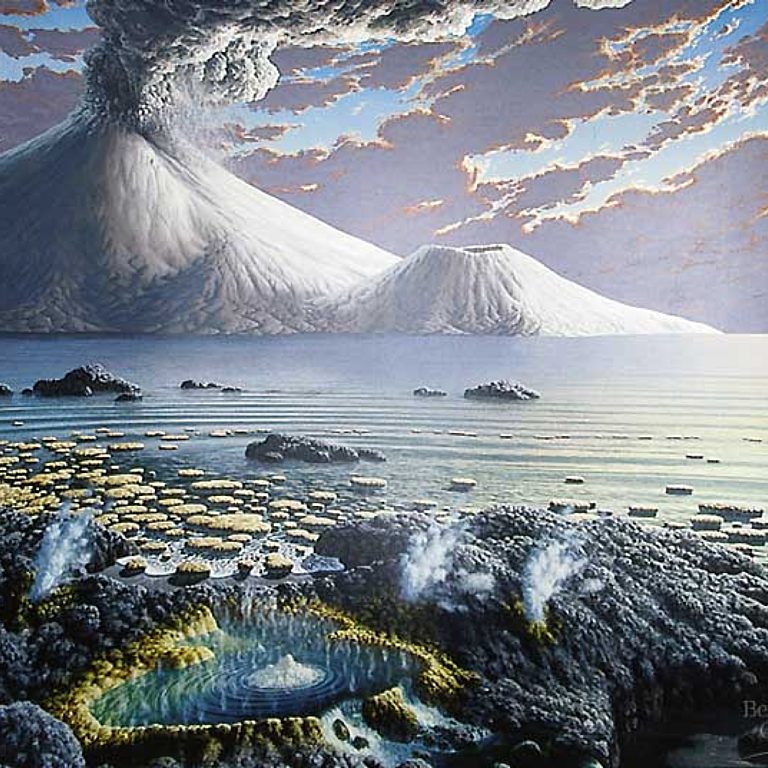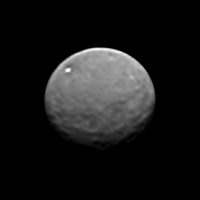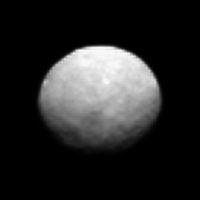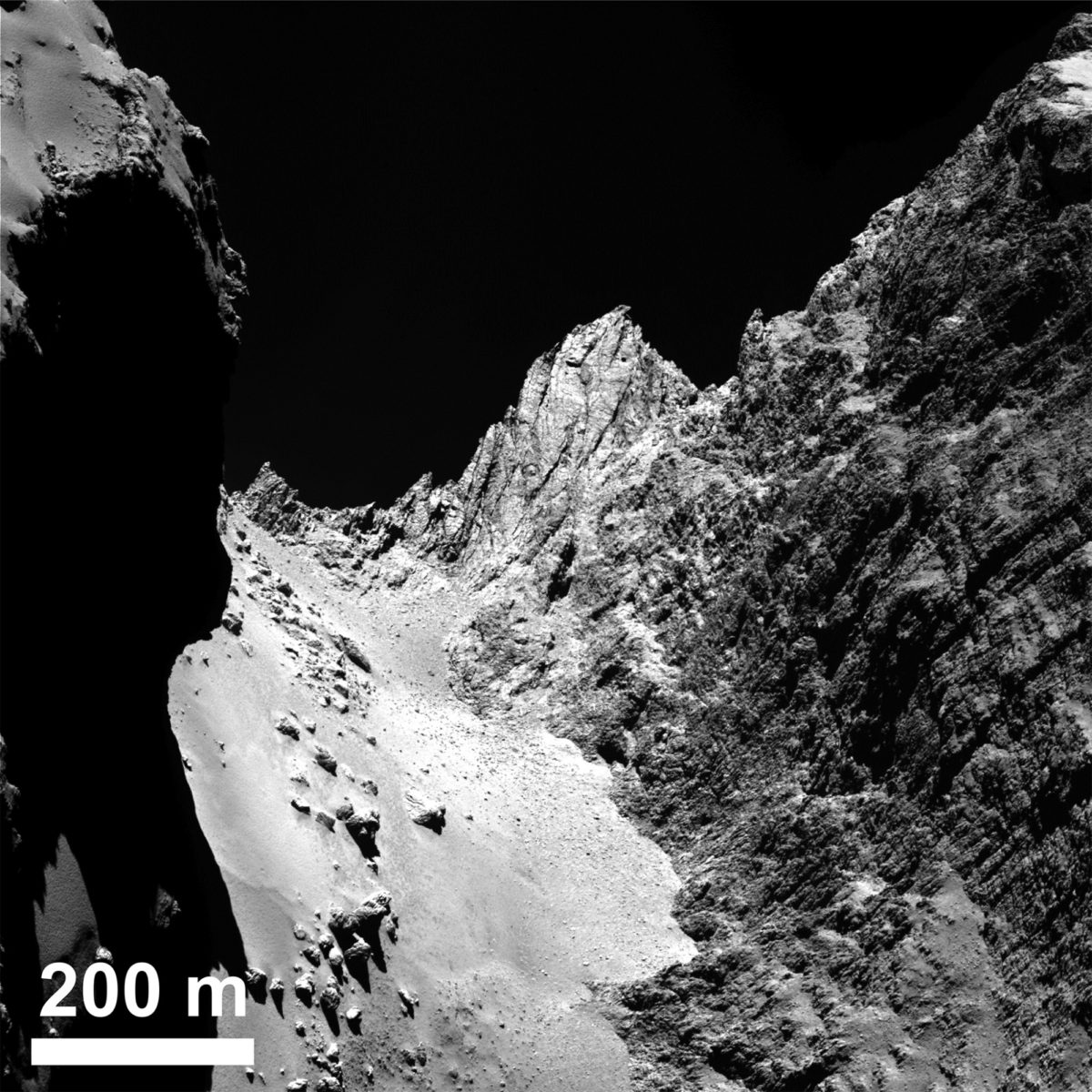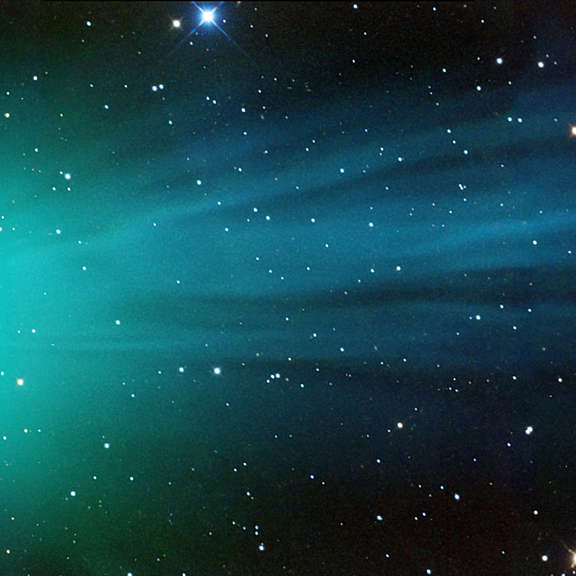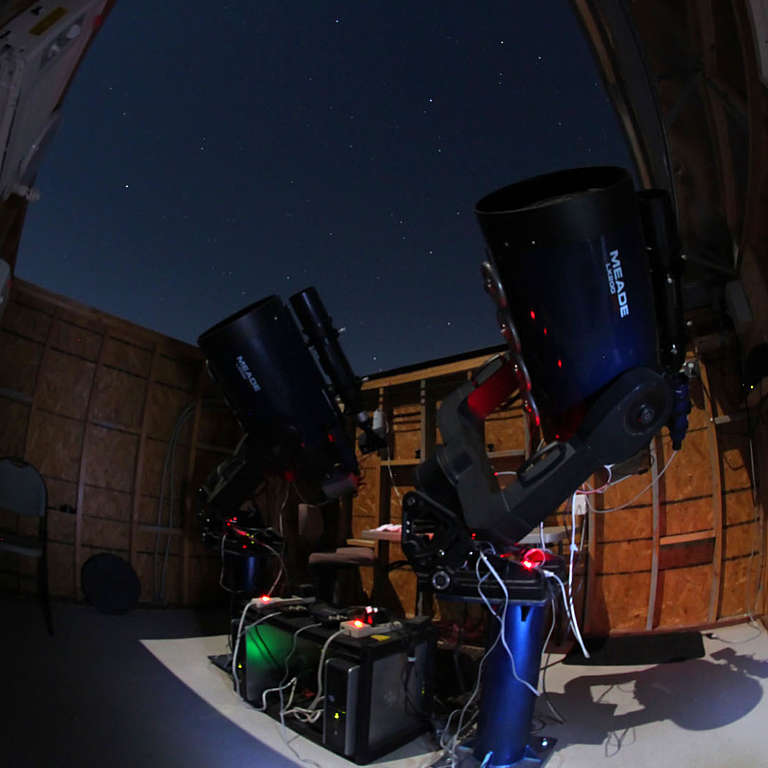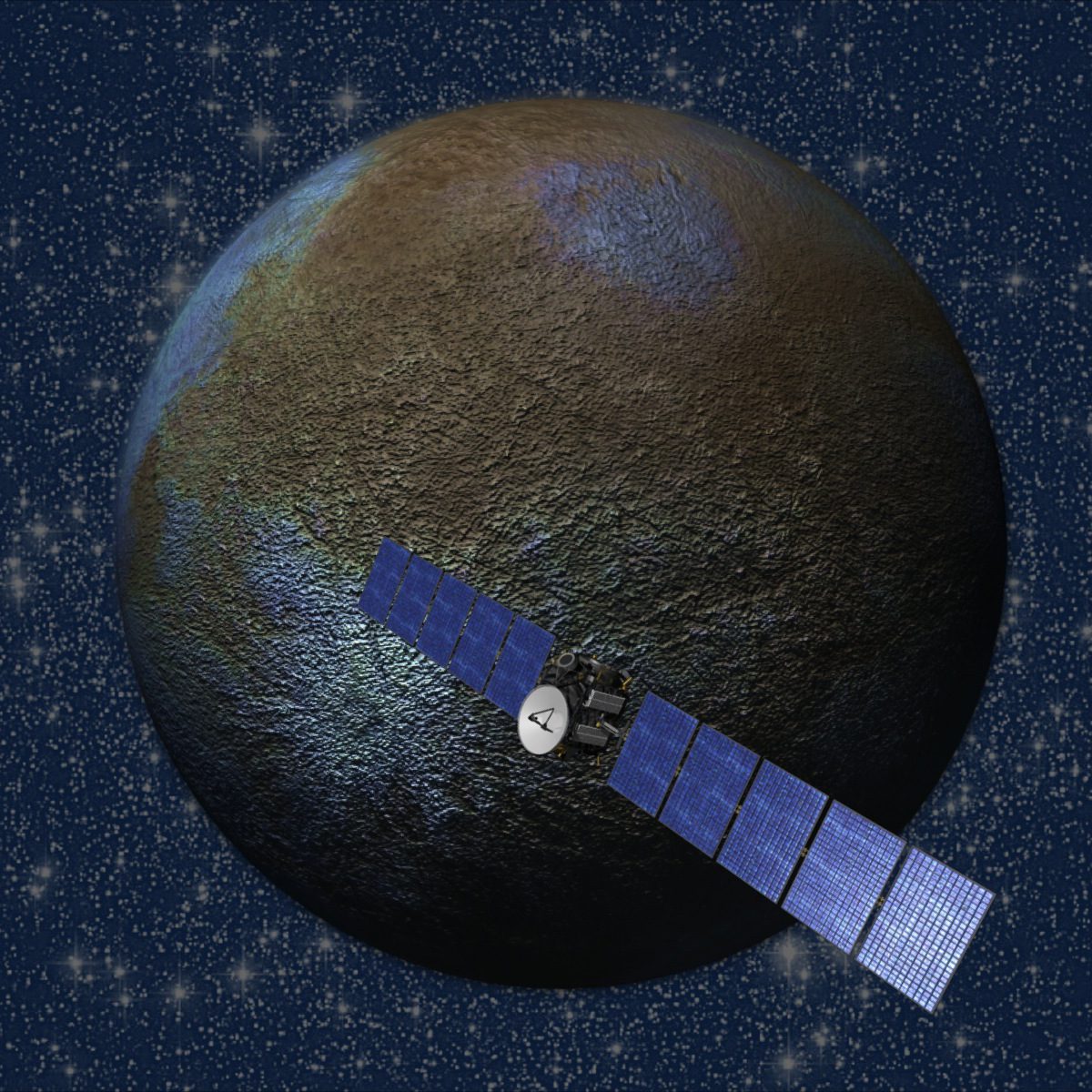All
All
Stories, updates, insights, and original analysis from The Planetary Society.
Planet Formation and the Origin of Life
To understand the possible distribution of life in the Universe it is important to study planet formation and evolution. These processes are recorded in the chemistry and mineralogy of asteroids and comets, and in the geology of ancient planetary surfaces in our Solar System.
Ceres coming into focus
The Dawn mission released new images of Ceres yesterday, taken on February 4, when Dawn had approached to within 145,000 kilometers. More details are coming into view, and they're fascinating. For one thing, there's not just one white spot any more: there are several.
New Horizons returns first images from mission's Pluto approach phase
Here they are, the first images of Pluto from the approach phase of the New Horizons mission. Science has begun; we're on the home stretch!
Ceres Coming Into View
Dawn is on approach to Ceres, the largest of the asteroids, and is starting to resolve features.
Camera now measuring even fainter Near-Earth Objects
Camera purchased with the support of a 2009 Shoemaker NEO Grant is now on a new telescope providing follow-up measurements for even fainter near-Earth objects.
Dawn Journal: Closing in on Ceres
Dawn's chief engineer Marc Rayman gives an update on the mission as it gets ever closer to its next target: The dwarf planet Ceres.
A second ringed centaur? Centaurs with rings could be common
Chiron, which is both a centaur and a comet, may also have rings.
Ceres: Just a little bit closer (and officially better than Hubble)
Last week's Dawn images of Ceres were just slightly less detailed than Hubble's best. This week's are just slightly better.
At last! A slew of OSIRIS images shows fascinating landscapes on Rosetta's comet
The first results of the Rosetta mission are out in Science magazine. The publication of these papers means that the OSIRIS camera team has finally released a large quantity of closeup images of comet Churyumov-Gerasimenko, taken in August and September of last year. I explain most of them, with help from my notes from December's American Geophysical Union meeting.
Addressing some common questions about Comet Lovejoy
Lowell Observatory's Matthew Knight addresses several points of confusion that have repeatedly come up in the coverage of Comet Lovejoy.
New Dawn images of Ceres: comparable to Hubble
Dawn has captured a series of photos of a rotating Ceres whose resolution is very close to Hubble's, and they show tantalizing surface details.
Pretty Picture: Comet Lovejoy
Astrophotgrapher Adam Block shares an image of Comet Lovejoy, which is currently visible with binoculars.
Sky survey grant helps lead to a space science career
Quan-Zhi Ye was an 18 year-old college student and the principal investigator of the Lulin Sky Survey when he won a 2007 Shoemaker NEO grant. He's now a Ph.D. candidate and provides an update on his work in meteor studies.
Year of the 'Dwarves': Ceres and Pluto Get Their Due
This year we achieve the first exploration of these curious but fascinating objects. Paul Schenk explains what we may learn about them.
2007 Shoemaker Grant Still Yielding Asteroid Science
Telescope purchased in 2007 with the support of a Shoemaker grant is still in service and has worked on over 100 near-Earth asteroids over its 8 years of operation.
Dawn Journal: History of Ceres
As Dawn looks toward the new world of Ceres, Mission Director Marc Rayman looks back on Ceres' discovery.
New camera improves a California near-Earth asteroid program
A new camera is improving the efficiency of the Near-Earth Asteroid Program at the Center for Solar System Studies. This update from Shoemaker NEO Grant winner Bob Stephens reveals amazing recent progress using his 2013 Planetary Society grant.
New Churyumov-Gerasimenko Shapemodel!
Mattias Malmer shares his latest shape model of Comet 67P/Churyumov–Gerasimenko, created using data from the Rosetta spacecraft.
The YORP Effect and Bennu
The YORP effect is a phenomenon that affects the rotation rate and pole orientation of an asteroid. YORP is an acronym that combines four scientist’s names: Yarkovsky, O’Keefe, Radzievskii, and Paddack.
Ceres is round!
Okay, so the fact that Ceres is round is not news. It's still thrilling to see Ceres begin to come into focus as a round world.


 Explore Worlds
Explore Worlds Find Life
Find Life Defend Earth
Defend Earth


 Sun
Sun Mercury
Mercury Venus
Venus Earth
Earth Mars
Mars Jupiter
Jupiter Saturn
Saturn Uranus
Uranus Neptune
Neptune Small Bodies
Small Bodies